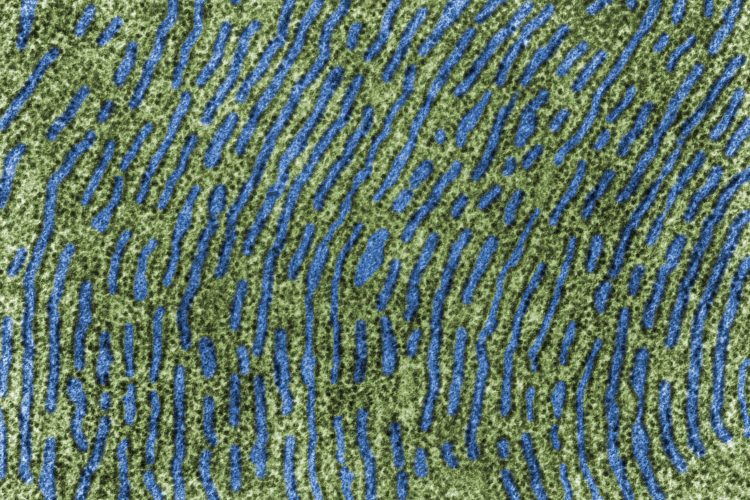Ribosomes repair damage to single stranded RNA
Posted: 17 November 2023 | Drug Target Review | No comments yet
Crosslinking damage to single stranded RNA, caused by aldehydes, is repaired by newly discovered mechanism involving ribosomes.


Toxic compounds known as aldehydes are produced in the body by metabolic processes, particularly upon alcohol consumption, which bind to cellular macromolecules like DNA, RNA, and proteins, and crosslink them. This crosslinking damage to DNA needs to be repaired by the cell to prevent premature aging and cancer, but whether and how cells sense and resolve crosslinking damage to single stranded RNA was previously undiscovered.
Now, researchers from Gene Center Munich at Ludwig-Maximilians-Universität München (LMU), led by Dr Julian Stingele, have demonstrated that RNA crosslinking damage is toxic because it impairs protein synthesis. Lead author Dr Jacqueline Cordes said: “It was previously difficult to study specifically RNA crosslinking damage, as most chemicals also damage DNA.” Dr Shubo Zhao, another lead author, added: “We therefore utilised a new approach to induce and study RNA damage in the absence of DNA damage.”
The team used this new experimental system and discovered that a formerly unknown mechanism by which the ribosome acts like a sensor for crosslinking damage. Ribosomes run along the messenger molecule mRNA to translate the information stored in the mRNA into proteins. When the ribosome encounters a lesion, the ribosome gets stuck, resulting in collisions with other ribosomes and initiating removal of damage.
“our work has imminent implications for the mechanisms of action of frequently-used anti-cancer drugs.”
Dr Stingele explained: “Our new findings indicate that compounds commonly considered solely as DNA-damaging agents challenge cellular homeostasis on a much broader level. Given that such agents are often used for chemotherapy, our work has imminent implications for the mechanisms of action of frequently-used anti-cancer drugs.”
This study was published in Molecular Cell.
Related conditions
Cancer, Premature aging
Related organisations
Gene Center Munich (LMU), Ludwig-Maximilians-Universität München (LMU)



